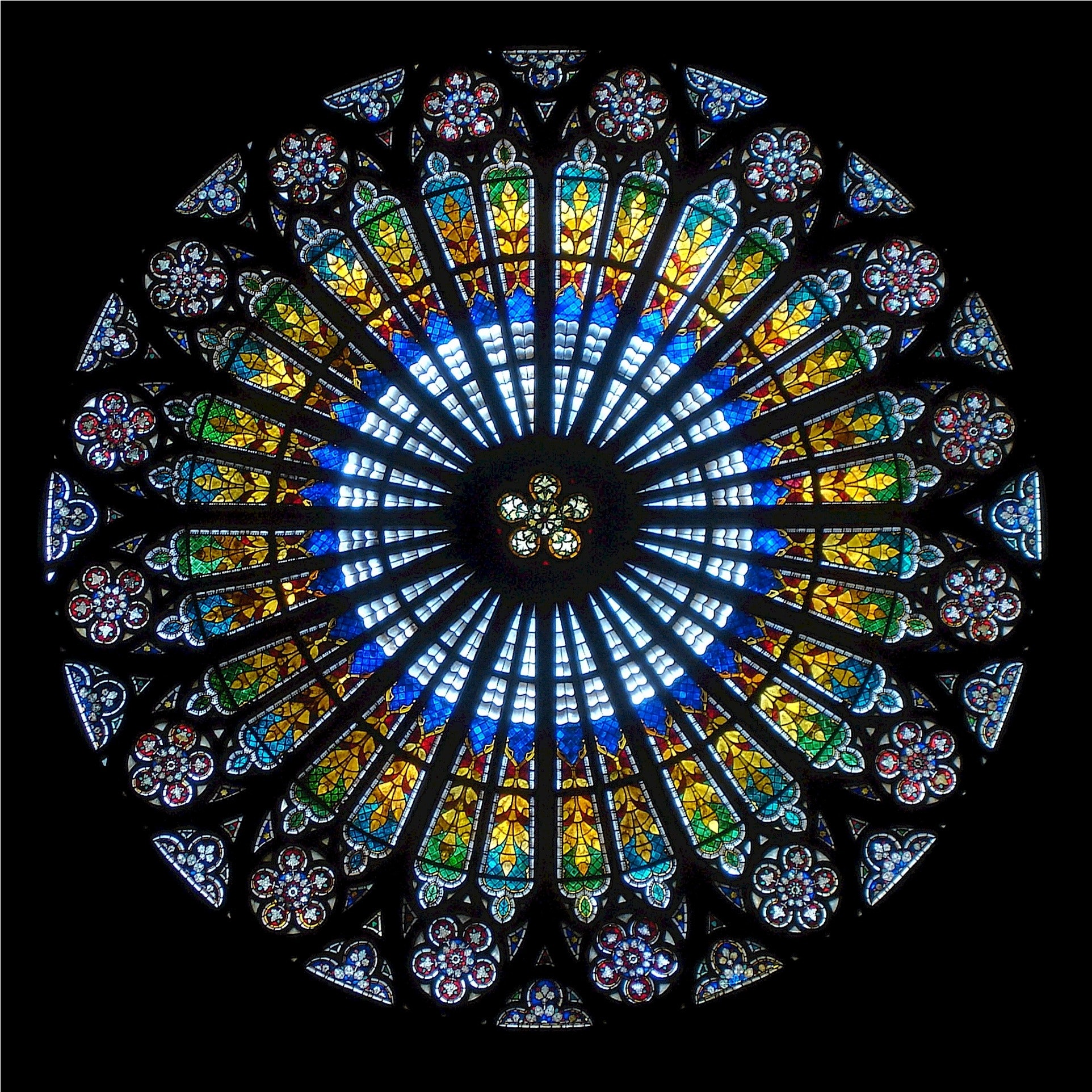My church during high school used to have these great children’s moments during our worship service. The pastor would call all the children to the front of the church where they would sit on the steps and listen to him do a 5-minute “children’s sermon.” (It was the favorite part of the service for a lot of us teenagers . . . and some of the adults.) He almost always had some “object” that he used to get the kids’ attention and give them something to look at. Then, he would relate the object to some aspect of their lives. We called those object lessons. I remember one rather outlandish object lesson in which he brought dog food on stage and then compared it to having a diet of television instead of feasting on the word of God. The kids all liked these object lessons, but the challenge was that they seldom actually got the point. Young kids tend to be pretty concrete in the way they think about dog food and don’t always do a good job of comparing it to television.
Object lessons require the learner to do some abstract thinking in order to learn from them. Jean Piaget suggested that kids develop the ability to do abstract thinking at about age twelve. More recent research has found that kids considerably younger can do better abstract thinking than Piaget thought, but the point I would like to make is that when kids develop much improved skills for abstraction, we quit using object lessons. We almost never use object lessons with adults.
A few years ago, I was trying to think of a good way to begin a lesson for adults on how Jesus came to redeem our lives. I decided to try using an object lesson. I found an old broken Christmas ornament and, as the lesson began, I laid it on the table in front of the class. I explained that this ornament was very important to me—a bit of an exaggeration—and that it had been broken. I asked them what they could suggest for me to reassemble the ornament, to make it like new again. Of course, they laughed and told me I just needed to go buy myself a new one. I prodded them a little, and they came up with some lame suggestions: glue, tape, a soldering iron. Then, I asked if any of them had ever felt like their lives were broken up like my ornament. They saw the connection . . . and this led us to some fruitful conversation.
Forrest Gump used his box of chocolates as an object lesson to teach us a lesson about life. What kind of objects might be worth bringing into your class to provide a simile for your Bible study lesson?
Read More

The Gateway Journal of Theology Inaugural Issue
Read all new articles in the inaugural issue of The Gateway Journal of Theology.

Lessons from Twenty-Five Years of Preaching God’s Word
I am unashamedly an expository preacher. My first sermon, however, was not.
Listen
Jonathan and Sarah Edwards with Nathan Finn
Dr. Nathan Finn came to Gateway to give a talk on Sarah and Jonathan Edwards’s Marriage during a Night Life Event. He joined Tyler Sanders on the podcast to give a brief overview of the meaning of Sarah and Jonathan’s Marriage, the four major interpretations of their

The Blank Bible and Jonathan Edwards’s Biblical Typology with Cameron Schweitzer
Dr. Cameron Schweitzer joins the JEC Podcast to discuss his work on Edward’s Typology and the ‘Blank Bible’ and to talk about his book, “Towards a Clearer Understanding of Jonathan Edwards’s Biblical Typology: A Case Study in the ‘Blank Bible’

Watch

Jonathan Edwards and the Asbury Revival
Chris Chun and Chris Woznicki discuss the signs of true revival, signs of the work of the Holy Spirit, and why it is important to critically assess the characteristics of revival in a spirit of charity.

Jonathan Edwards and the Baptists | Douglas Sweeney, Nathan Finn and Chris Chun
Dr. Douglas Sweeney and Dr. Nathan Finn joined Dr. Chris Chun for a panel discussion on Jonathan Edwards, recorded live at the SBC Annual Meeting in Anaheim.




